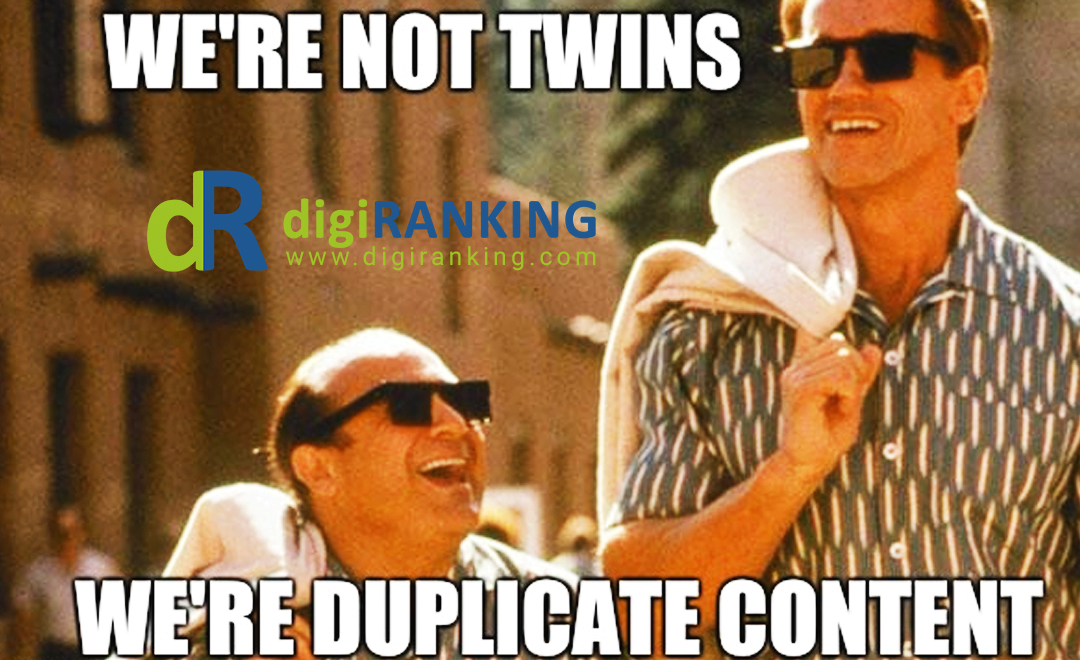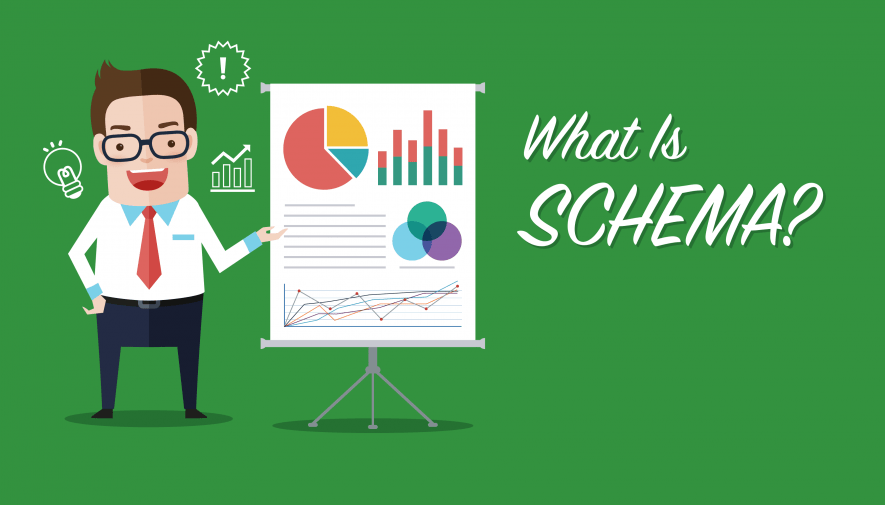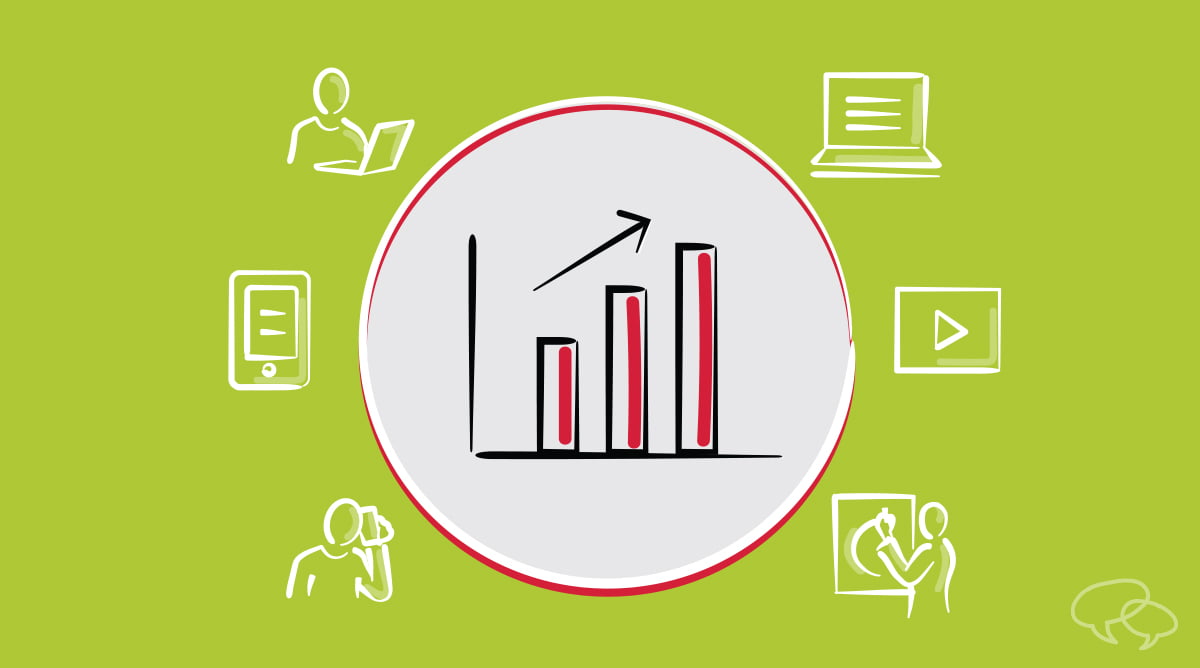Canonicalization Use for WHAT?
What is a canonical tag?
A canonical tag (aka “rel canonical”) is a way of telling search engines that a specific URL represents the master copy of a page. Using the canonical tag prevents problems caused by identical or “duplicate” content appearing on multiple URLs. Practically speaking, the canonical tag tells search engines which version of a URL you want to appear in search results.
Code sample
Why does canonicalization matter?
Duplicate content is a complicated subject, but when search engines crawl many URLs with identical (or very similar) content, it can cause a number of SEO problems. First, if search crawlers have to wade through too much duplicate content, they may miss some of your unique content. Second, large-scale duplication may dilute your ranking ability. Finally, even if your content does rank, search engines may pick the wrong URL as the “original.” Using canonicalization helps you control your duplicate content.
The problem with URLs
You might be thinking “Why would anyone duplicate a page?” and wrongly assume that canonicalization isn’t something you have to worry about. The problem is that we, as humans, tend to think of a page as a concept, such as your homepage. For search engines, though, every unique URL is a separate page.
For example, search crawlers might be able to reach your homepage in all of the following ways:
- http://www.example.com
- https://www.example.com
- http://example.com
- http://example.com/index.php
- http://example.com/index.php?r…
To a human, all of these URLs represent a single page. To a search crawler, though, every single one of these URLs is a unique “page.” Even in this limited example, we can see there are five copies of the homepage in play. In reality, though, this is just a small sample of the variations you might encounter.
Modern content management systems (CMS) and dynamic, code-driven websites exacerbate the problem even more. Many sites automatically add tags, allow multiple paths (and URLs) to the same content, and add URL parameters for searches, sorts, currency options, etc. You may have thousands of duplicate URLs on your site and not even realize it.
Canonical tag best practices
Duplicate content issues can be extremely tricky, but here are a few important things to consider when using the canonical tag:
1. Canonical tags can be self-referential
It’s ok if a canonical tag points to the current URL. In other words, if URLs X, Y, and Z are duplicates, and X is the canonical version, it’s ok to put the tag pointing to X on URL X. This may sound obvious, but it’s a common point of confusion.
2. Proactively canonicalize your home-page
Given that homepage duplicates are very common and that people may link to your homepage in many ways (which you can’t control), it’s usually a good idea to put a canonical tag on your homepage template to prevent unforeseen problems.
The moz.com homepage has a self-referential canonical tag.
3. Spot-check your dynamic canonical tags
Sometimes bad code causes a site to write a different canonical tag for every version of the URL (completely missing the entire point of the canonical tag). Make sure to spot-check your URLs, especially on e-commerce and CMS-driven sites.
4. Avoid mixed signals
Search engines may avoid a canonical tag or interpret it incorrectly if you send mixed signals. In other words, don’t canonicalize page A -–> page B and then page B -–> page A. Likewise, don’t canonicalize page A -–> page B and then 301 redirect page B -–> page A. It’s also generally not a good idea to chain canonical tags (A-–>B, B-–>C, C–->D), if you can avoid it. Send clear signals, or you force search engines to make bad choices.
5. Be careful canonicalizing near-duplicates
When most people think of canonicalization, they think of exact duplicates. It is possible to use the canonical tag on near-duplicates (pages with very similar content), but proceed with caution. There’s a lot of debate on this topic, but It’s generally ok to use canonical tags for very similar pages, such as a product page that only differs by currency, location, or some small product attribute. Keep in mind that the non-canonical versions of that page may not be eligible for ranking, and if the pages are too different, search engines may ignore the tag.
6. Canonicalize cross-domain duplicates
If you control both sites, you can use the canonical tag across domains. Let’s say you’re a publishing company that often publishes the same article across half a dozen sites. Using the canonical tag will focus your ranking power on just one site. Keep in mind that canonicalization will prevent the non-canonical sites from ranking, so make sure this use matches your business case.
Canonical tags vs. 301 redirects
One common SEO question is whether canonical tags pass link equity (PageRank, Authority, etc.) like 301 redirects. In most cases, they seem to, but this can be a dangerous question. Keep in mind that these two solutions create two very different results for search crawlers and site visitors.
If you 301 redirect Page A–>Page B, then human visitors will be taken to Page B automatically and never see Page A. If you rel-canonical Page A–>Page B, then search engines will know that Page B is canonical, but people will be able to visit both URLs. Make sure your solution matches the desired outcome.











